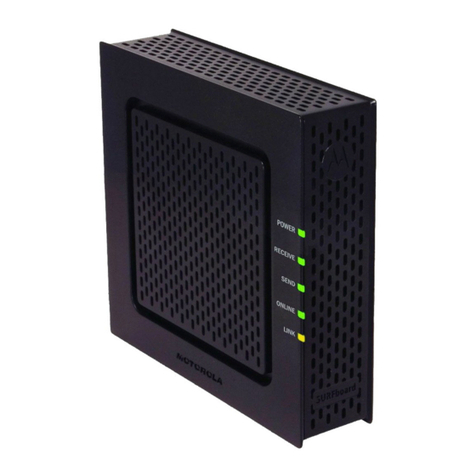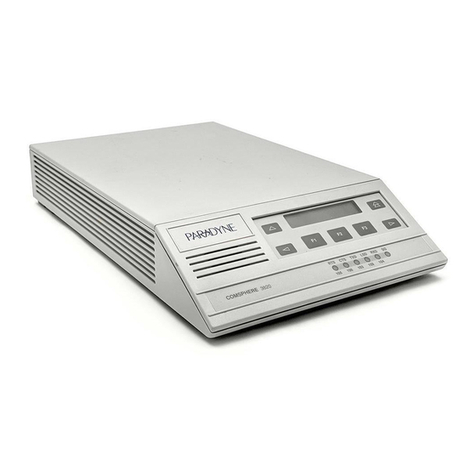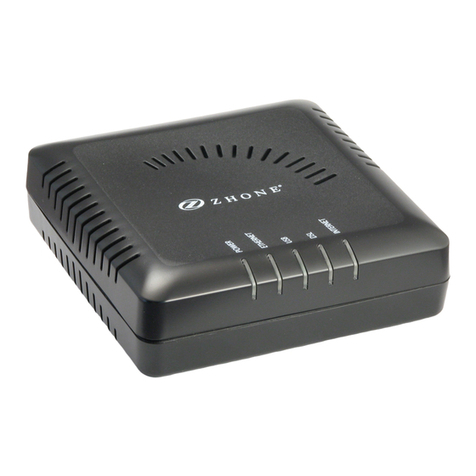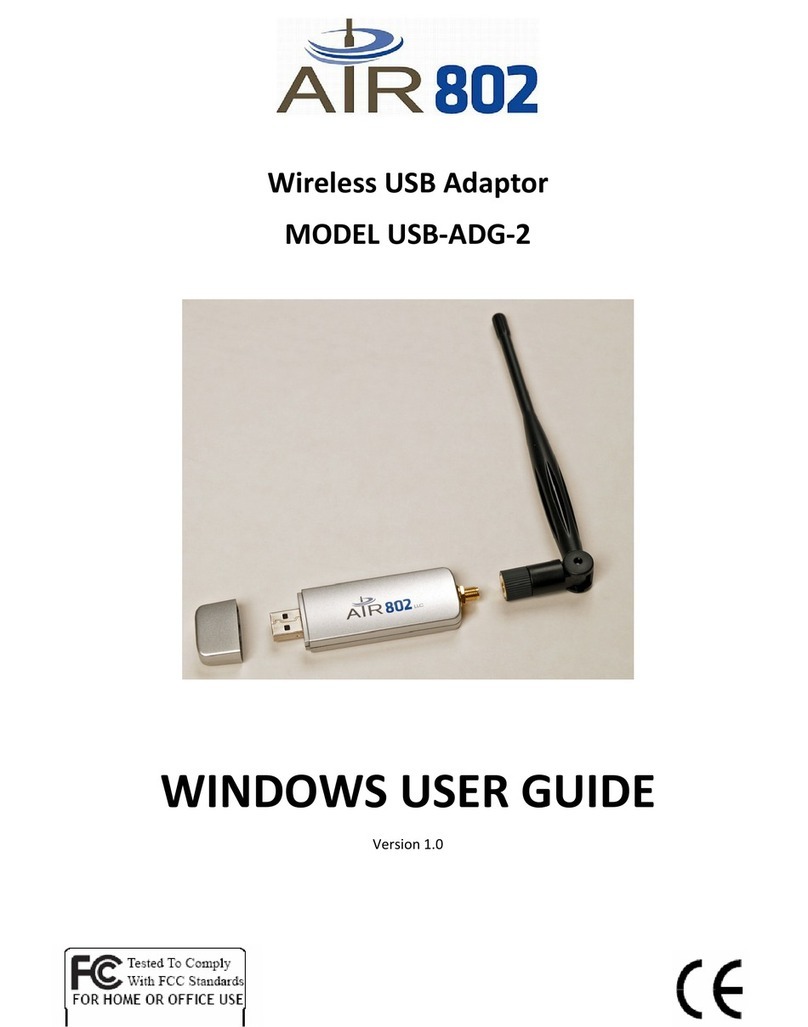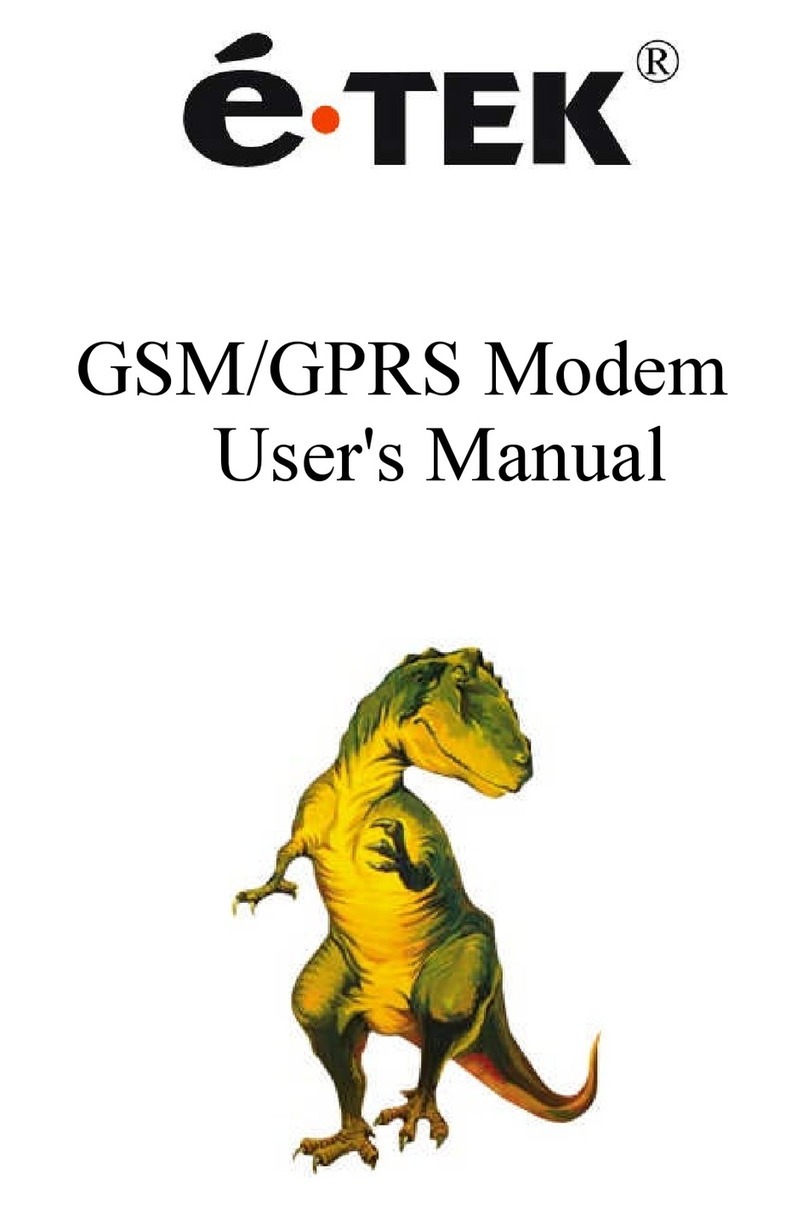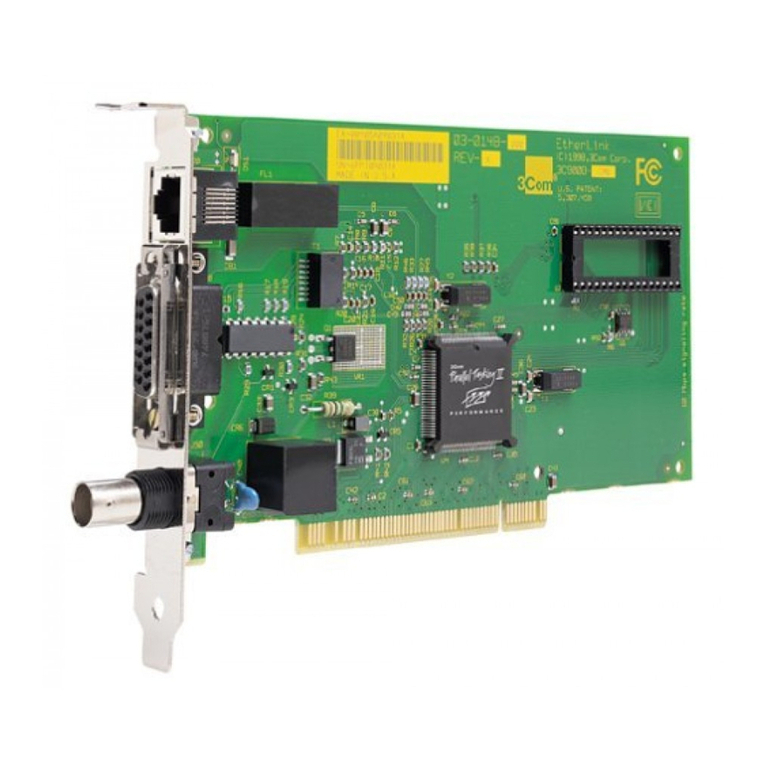Motorola V3229 - 14.4 Kbps Modem User manual
Other Motorola Modem manuals

Motorola
Motorola SB5101 - SURFboard - 30 Mbps Cable Modem Owner's manual
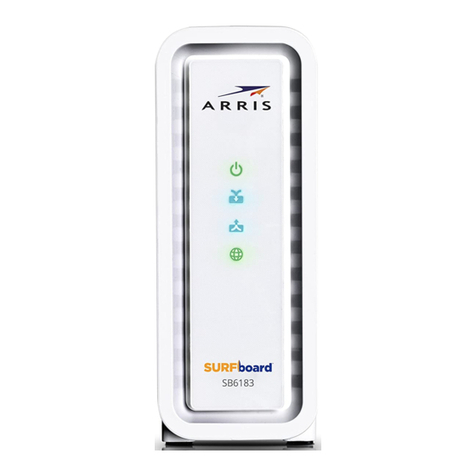
Motorola
Motorola SURFboard SB6183 User manual
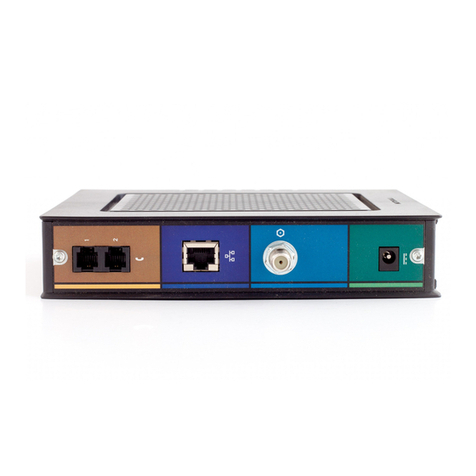
Motorola
Motorola SURFboard SBV6120 Assembly instructions
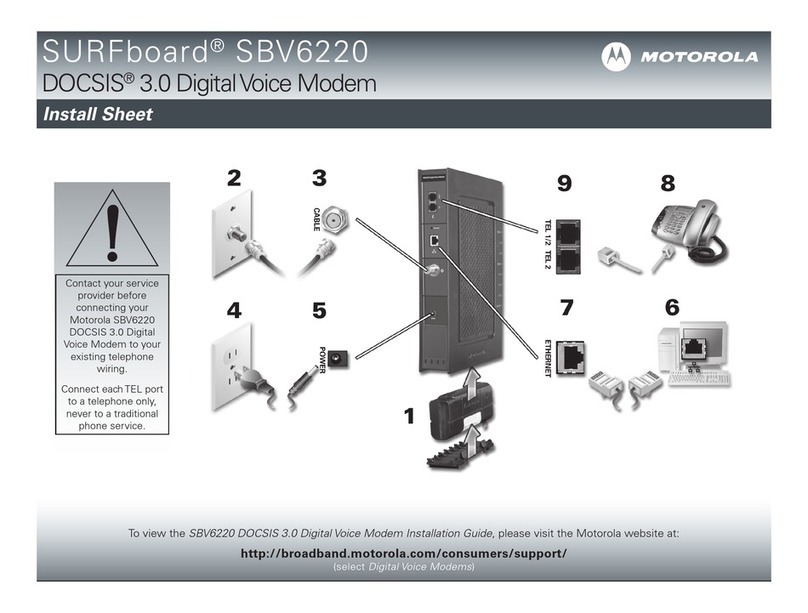
Motorola
Motorola SURFboard SBV6220 User manual
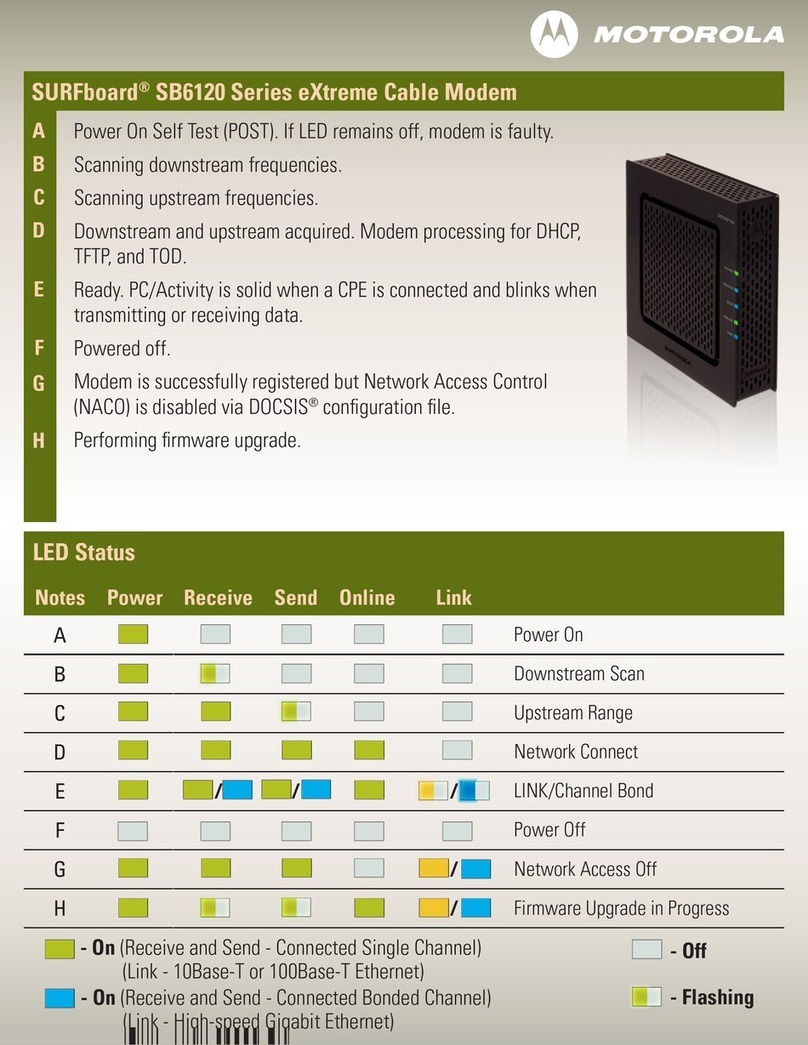
Motorola
Motorola SB6120 - SURFboard - 160 Mbps Cable Modem Manual

Motorola
Motorola MB8600 User manual
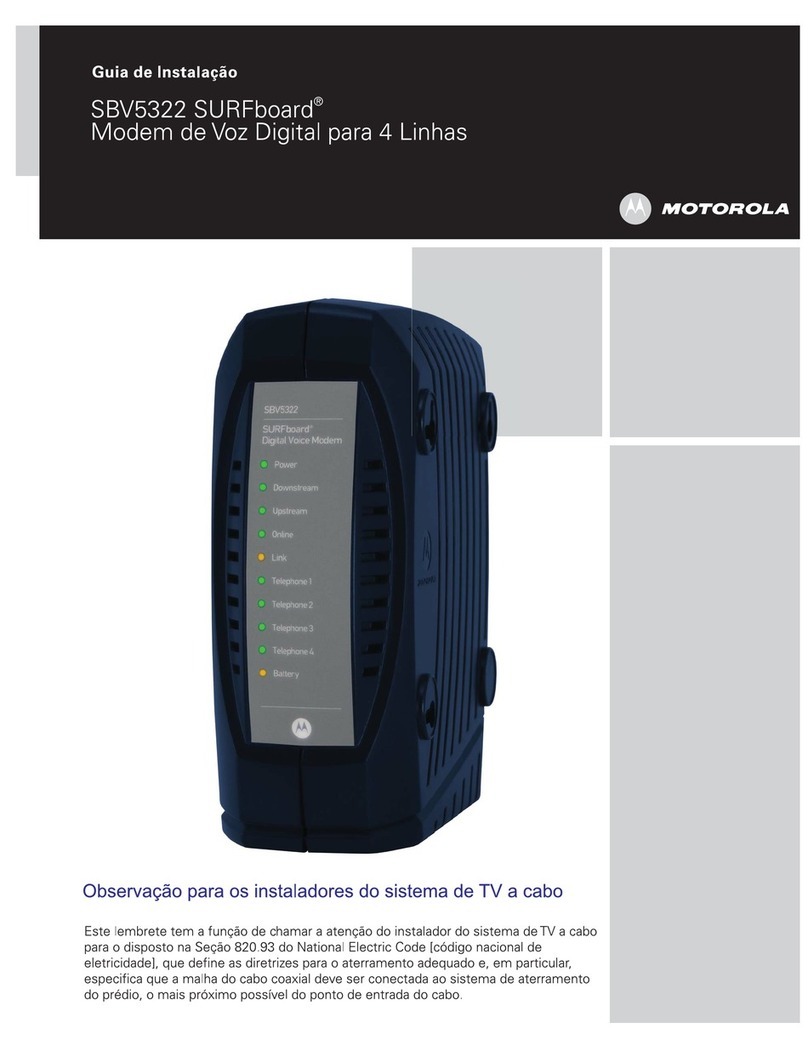
Motorola
Motorola SBV5322 SURFBOARD DIGITAL VOICE MODEM - annexe... Training manual
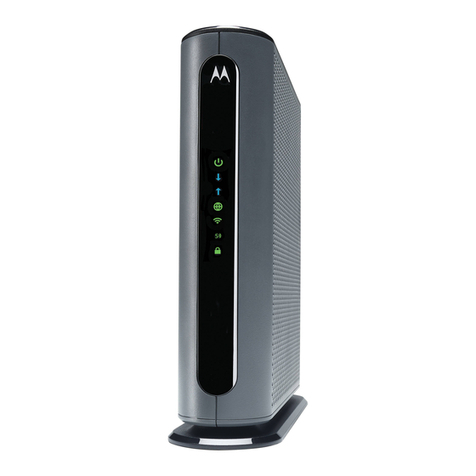
Motorola
Motorola MG7700 User manual
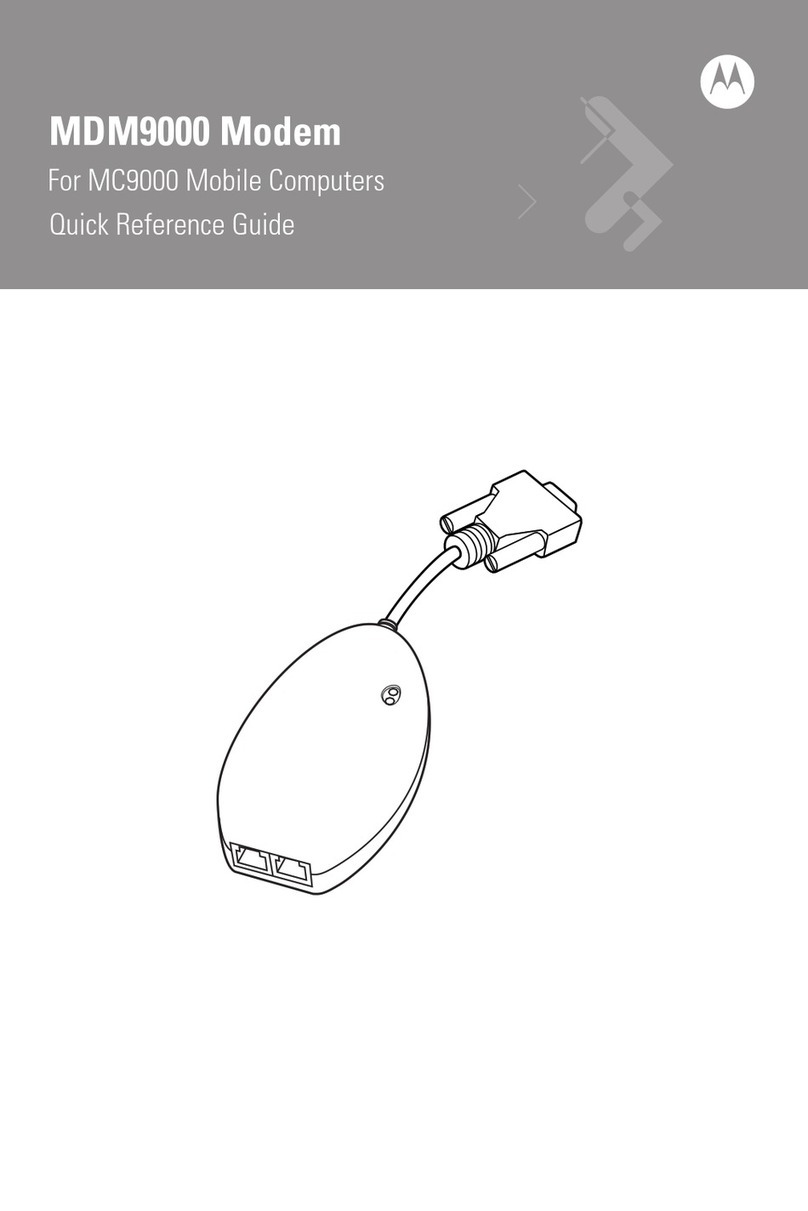
Motorola
Motorola MDM9000 User manual
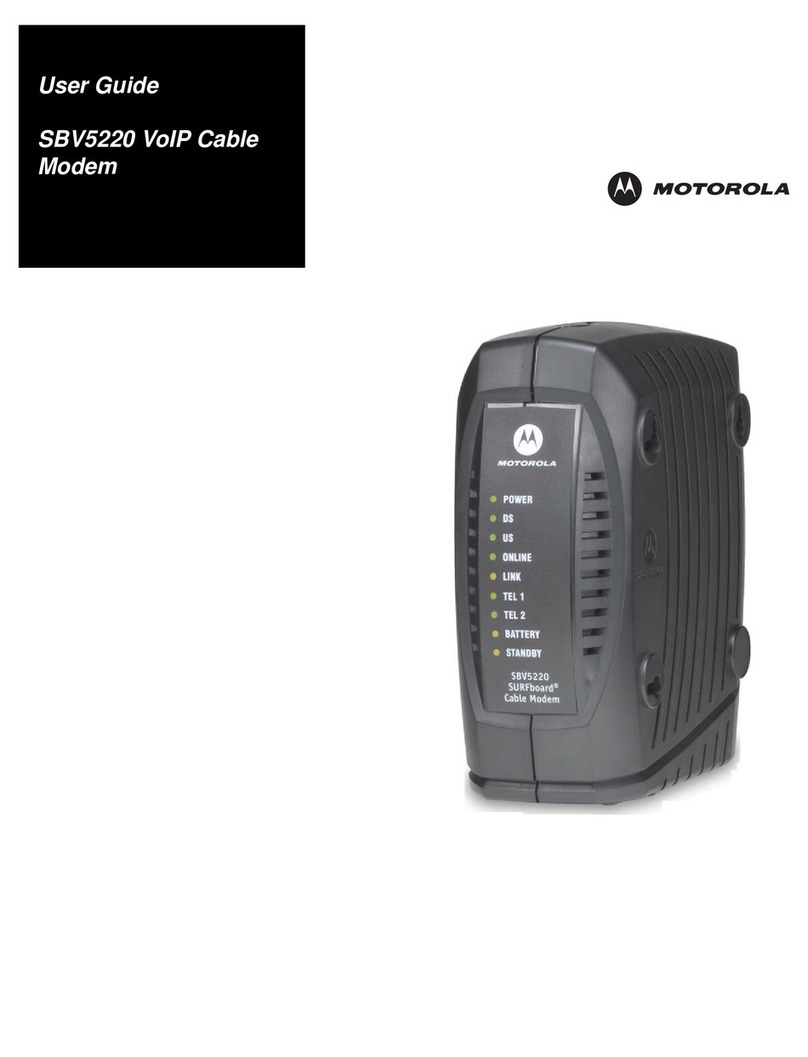
Motorola
Motorola SBV5220 User manual
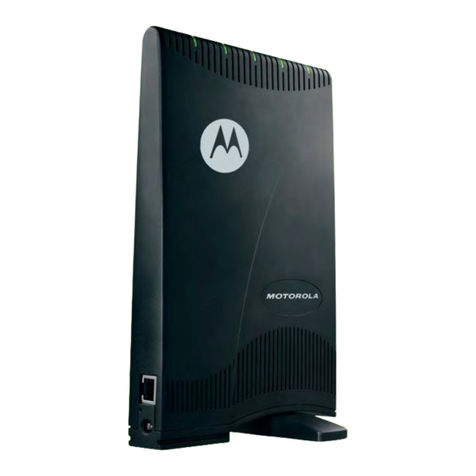
Motorola
Motorola CPEI 25150 User manual

Motorola
Motorola SURFboard SB5101N User manual

Motorola
Motorola SURFboard SB4100 User manual
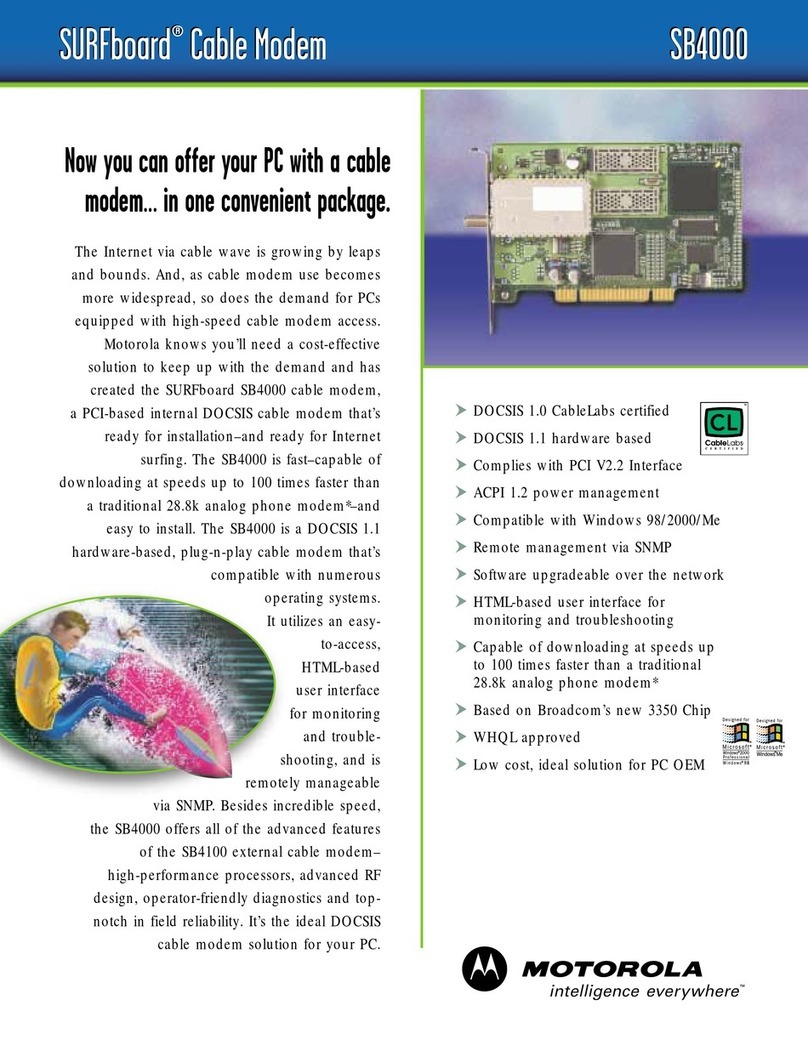
Motorola
Motorola SURFboard SB4000 User manual
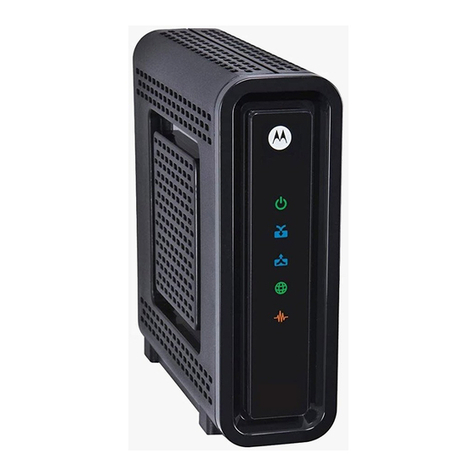
Motorola
Motorola SURFboard SB6182 User manual
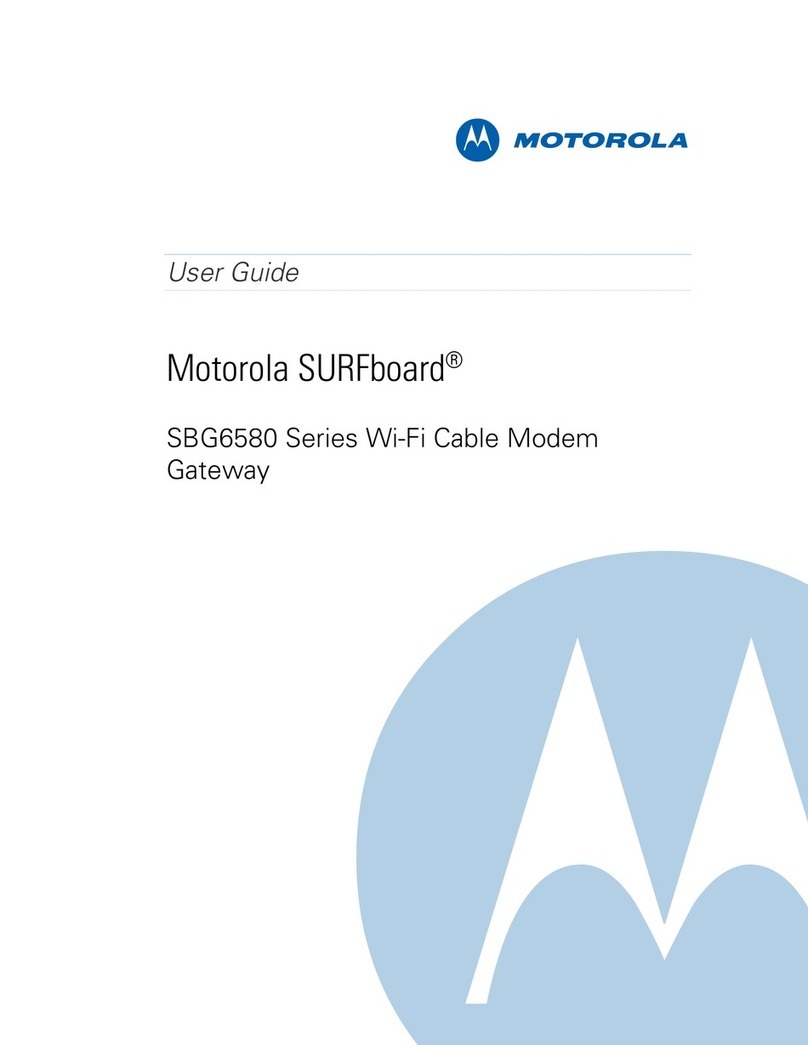
Motorola
Motorola SURFboard 574808-001-c User manual

Motorola
Motorola SURFboard SBG900 User manual

Motorola
Motorola SURFboard SBG901 User manual
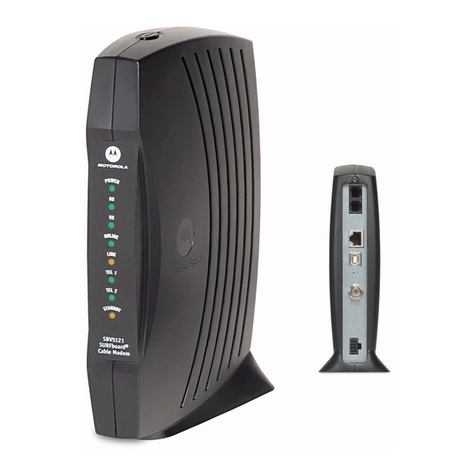
Motorola
Motorola SBV5121 User manual
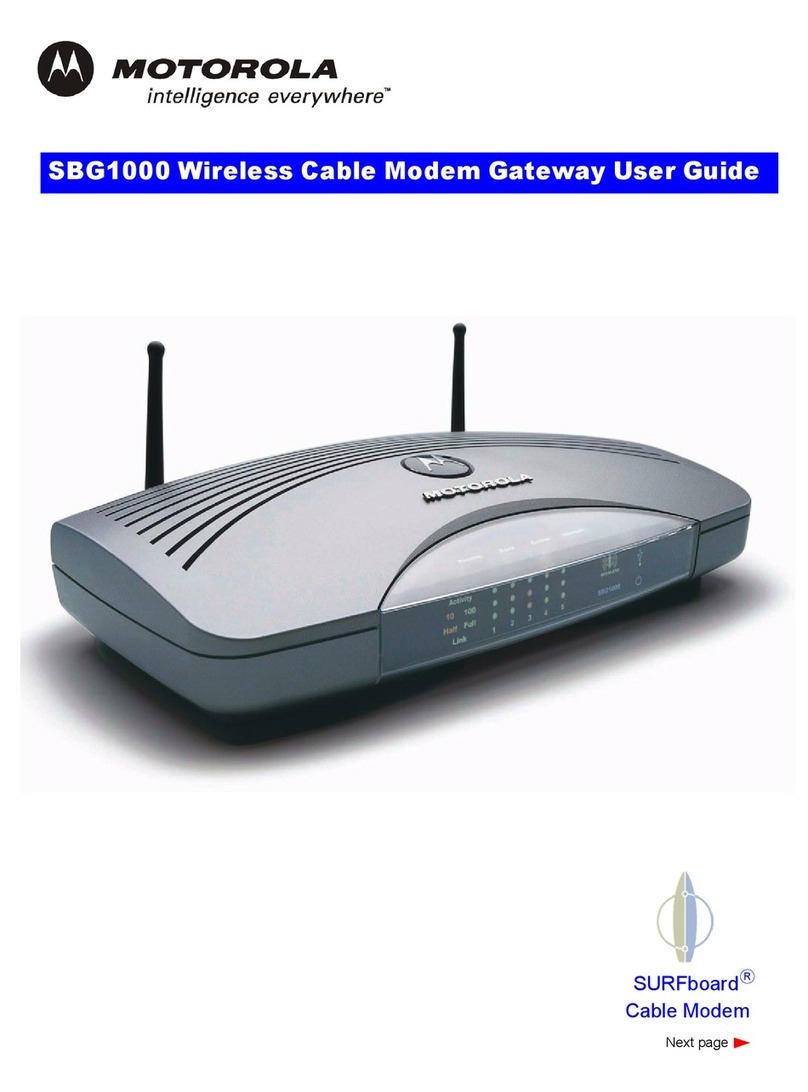
Motorola
Motorola SBG1000 User manual
